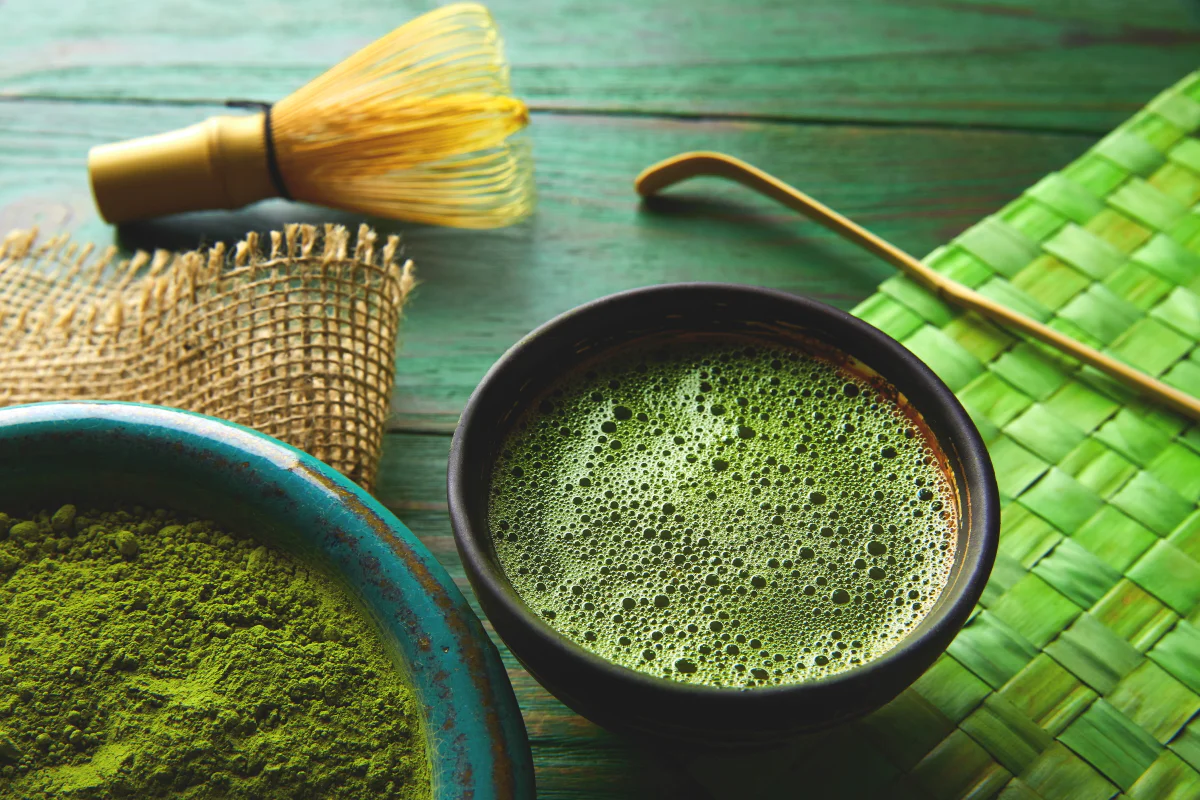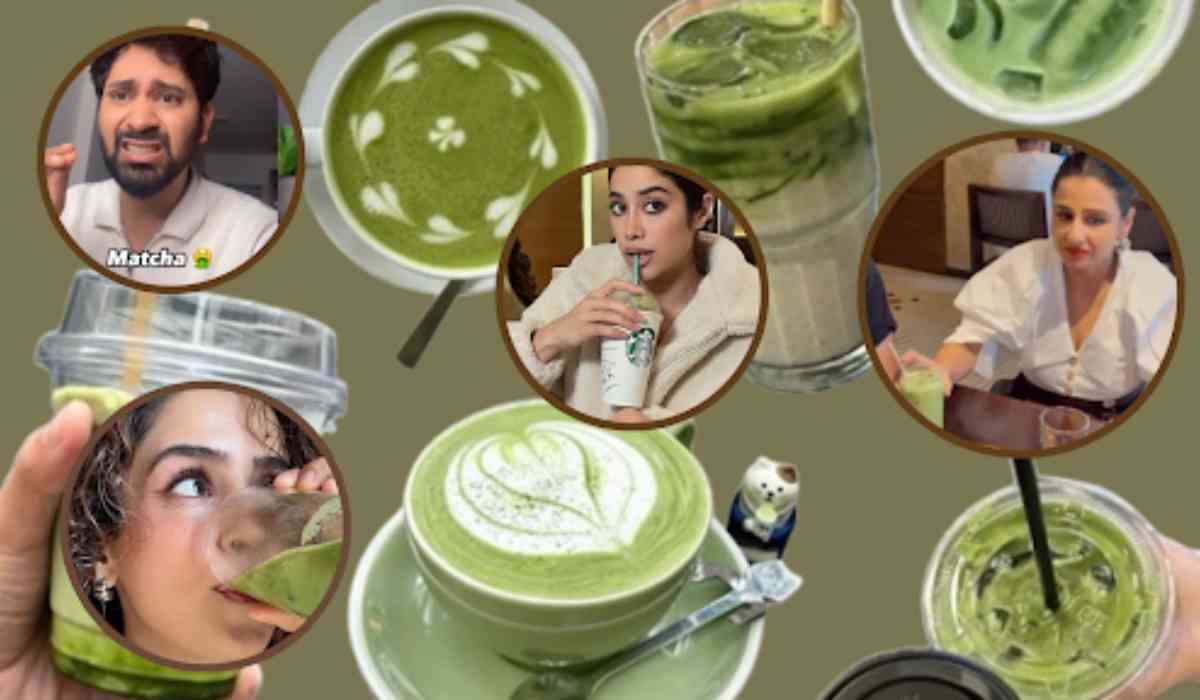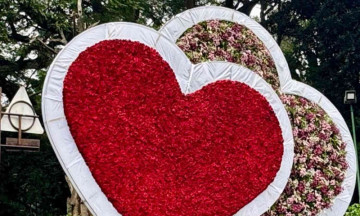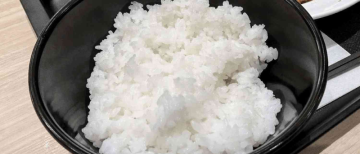A green drink, an aesthetic vibe, and a herd mindset how trend culture is shaping our choices without us realising it.
Overnight, it seems everyone suddenly developed a taste for finely ground Japanese green tea powder. Cafés are proudly offering "Ceremonial Grade Matcha Lattes" for prices that could fund a small vacation. Influencers are chugging it post-yoga, pre-meditation, mid-manifestation. And of course, celebrities are posting selfies with it like it's a fashion accessory.
Just like the Labubu doll madness where people were fighting over a creepy-cute fruit character matcha has become a social badge. But are we enjoying it? Or are we just sipping what’s trending?
Because make no mistake matcha isn’t just a drink anymore. It’s an aesthetic, a vibe, a visual statement. But the bigger question is: do most people even know what matcha is doing for them?

The Sip Heard Around the Internet
Originally rooted in Japanese tea ceremonies, matcha’s rise in global pop culture has been nothing short of viral. Rich in antioxidants, matcha is praised for its slow-release energy and calming effect. But let’s face it, very few are drinking it for the L-theanine content or the catechins.
They're drinking it because it’s on Trend. Because it matches their outfit. Because their feed looks clean with it.Wellness isn’t a personal journey anymore it’s a public performance.
If It’s Trending, It Must Be Good... Right?
Welcome to the age of label-first thinking where aesthetic overrides logic, and “trending” equals trustworthy.
Every product has a story, but we’ve stopped reading the back label. We buy what sounds smart, looks clean, feels elite not what actually works for us.And matcha? It's become the latest trophy in this label-chasing race.
Matcha: Not New, Just Rebranded
Here's the twist: matcha isn’t new. In fact, India has had its own green superdrinks for centuries. Ever heard of Macha (माचा) in Ayurvedic circles? While the spelling differs and the culture is Japanese in origin, India has long known the benefits of powdered green herbs, medicinal teas, and traditional infusions.
Our grandmothers were mixing up tulsi, neem, brahmi, and moringa long before it became fashionable to post about it with #CleanVibesOnly.
It’s funny it takes a foreign label and a few TikTok tutorials for something ancient to become desirable again.
It’s Not Just About Matcha. It’s About Mindset.
This isn’t about bashing matcha. It’s a reflection on how we consume culture and how culture consumes us.We see this cycle across fashion, fitness, even skincare. What’s hot becomes gospel. What’s homegrown becomes “basic.” We often don’t value a thing until someone else, preferably Western, rebrands it and sells it back to us with a fancier name and a better story.
Matcha Farming Goes Local
And now, the trend is making waves in Indian agriculture too. Recently viral content has sparked a surprising shift: Indian farmers are pivoting to cultivating matcha. With global demand booming and prices ranging from ₹3,500 to ₹20,000 per kilo, regions like Assam, Darjeeling, Nilgiris, and Himachal Pradesh are becoming unlikely matcha hotspots.
Yes, the same trend you’re sipping on has started influencing crop patterns. That’s how powerful internet-driven demand has become. What's in your cup today could reshape what’s grown tomorrow.
Stop Sipping Blind
It’s not about ditching the drink. Matcha can be great for you. But trends should never replace thinking. Whether it’s your diet, your wardrobe, or your opinions, ask yourself why you’re making that choice.
Because if you’re only following the algorithm, are you even making a choice?
If matcha didn’t trend, would it still be in your cup? Or did the internet hand it to you with a straw?
Writte By: Shukla VS
With inputs from agencies
Image Source: Multiple agencies
© Copyright 2025. All Rights Reserved Powered by Vygr Media.























